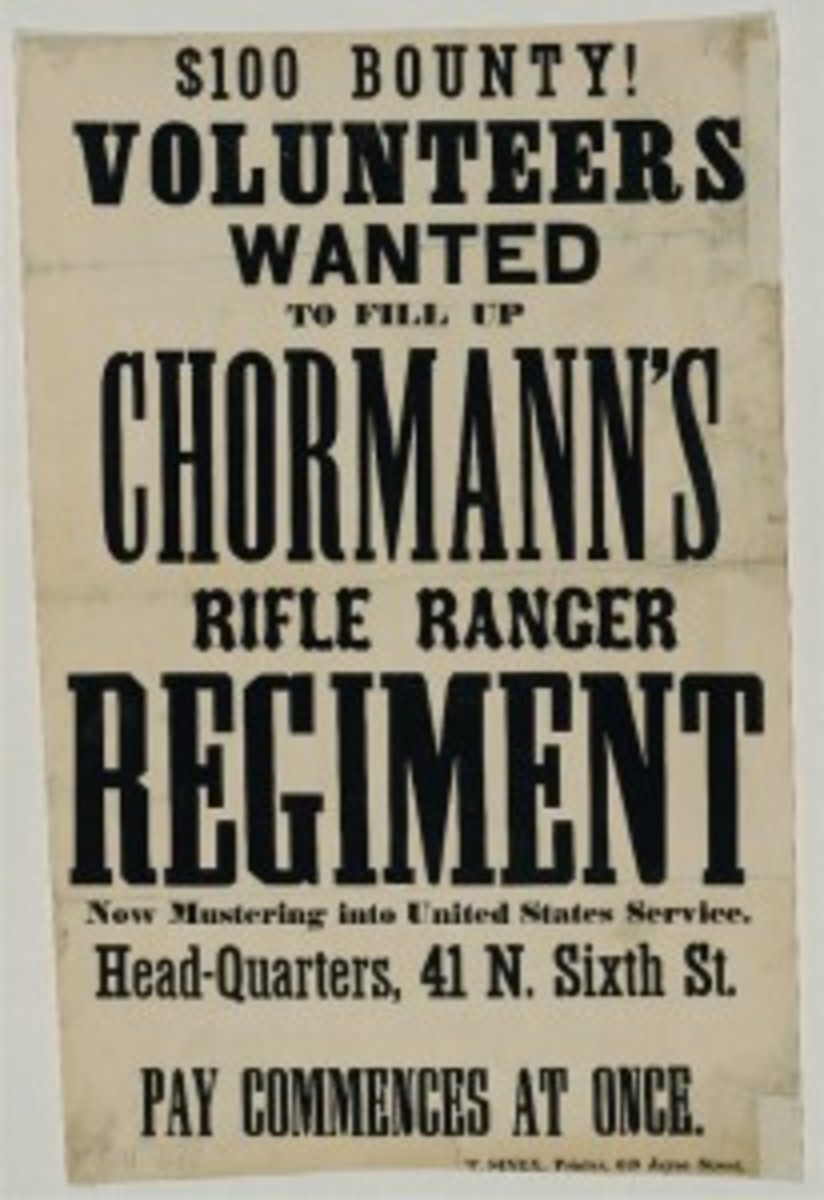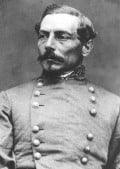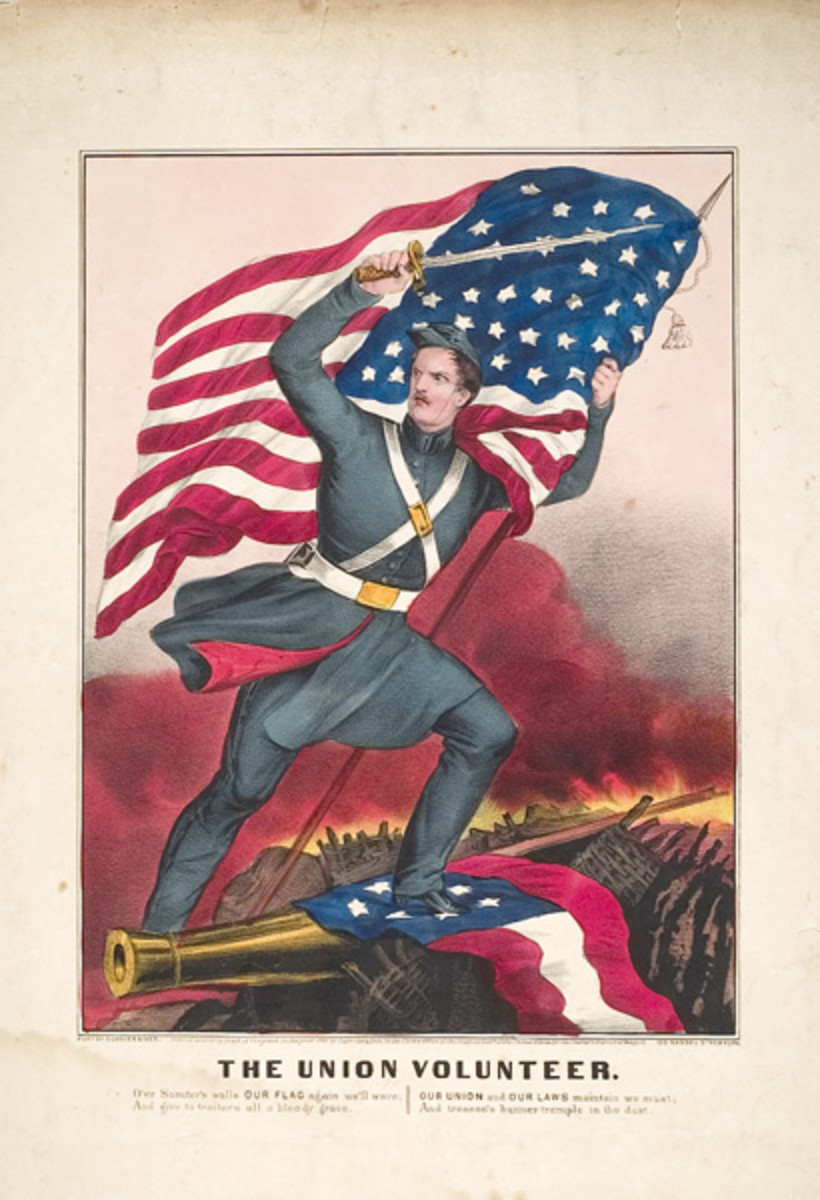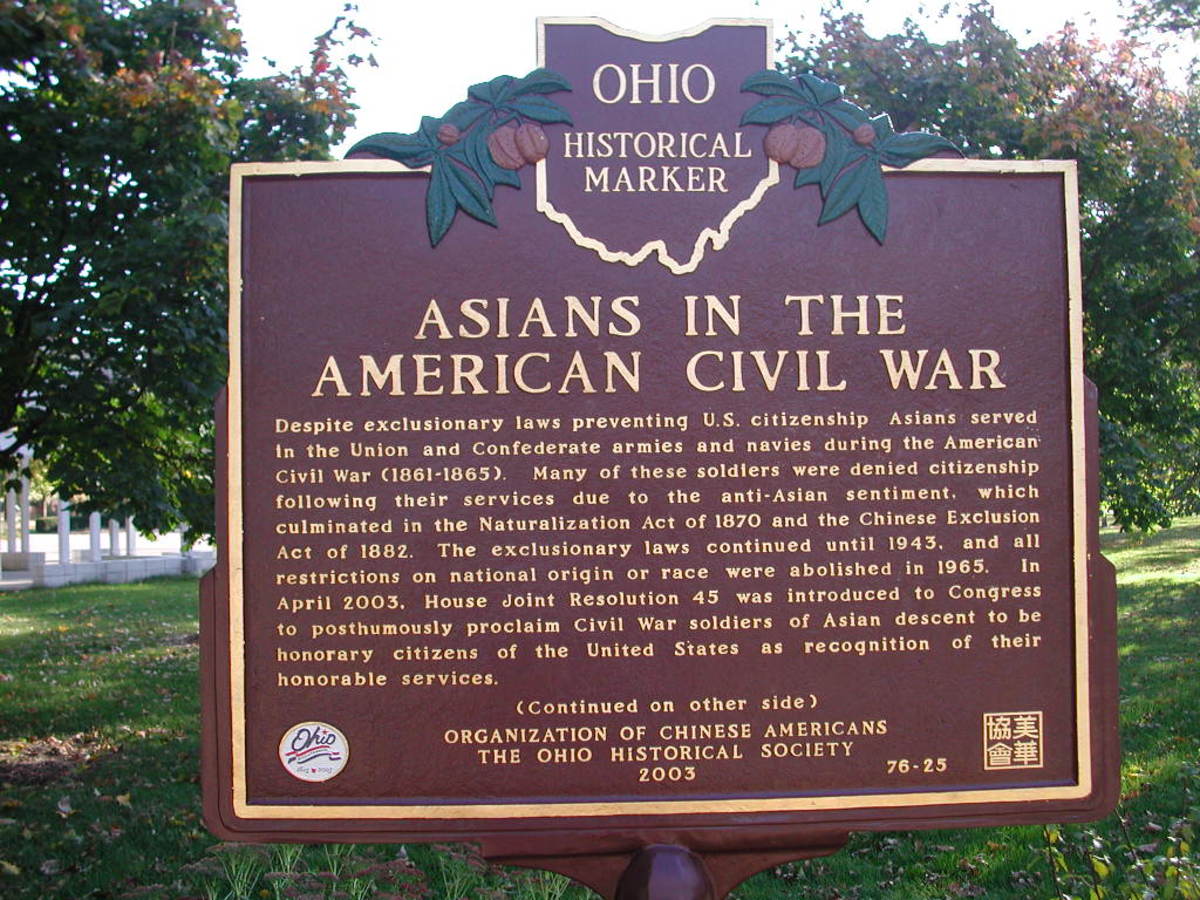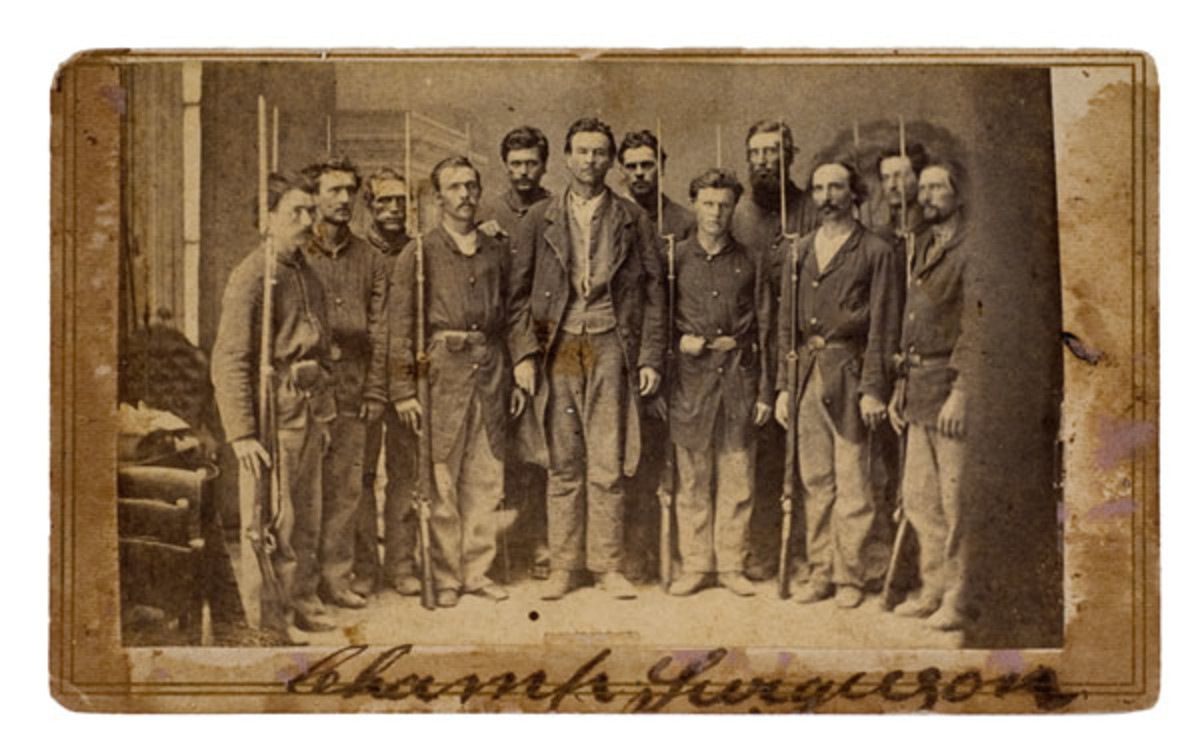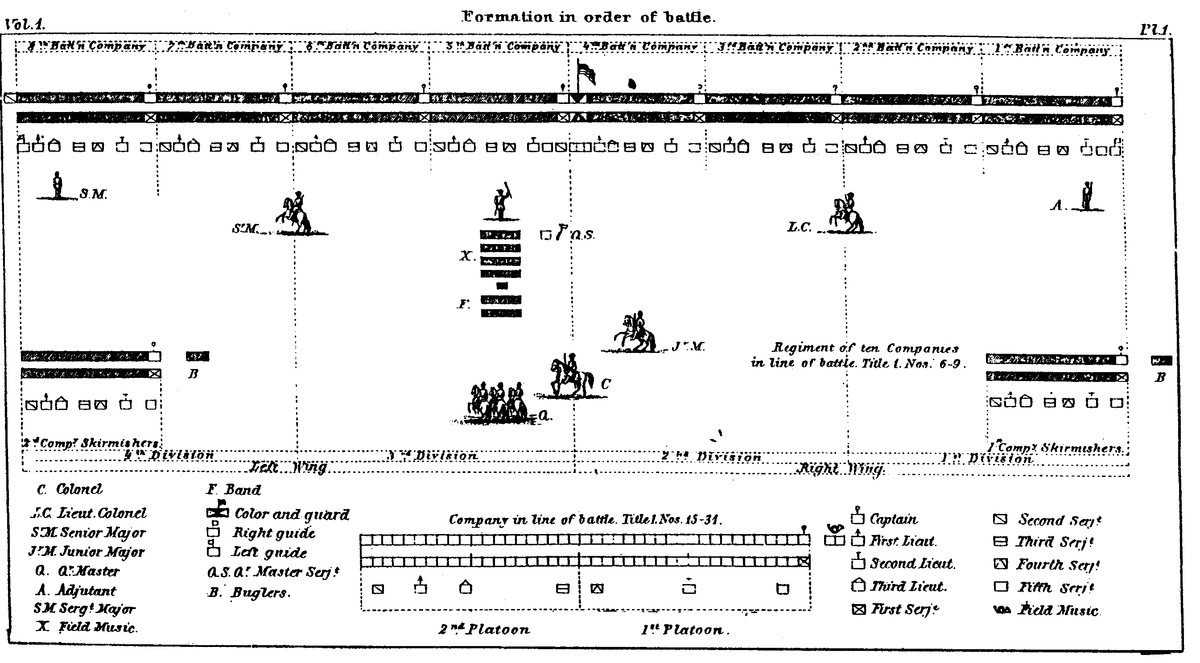- HubPages»
- Education and Science»
- History & Archaeology»
- History of the Americas»
- American History
American Civil War: Factors the South Should Have Considered Before Bombarding Fort Sumter of the North
Map of USA contiguous territory showing the South, in red (Map adopted from RonElfran, hubpages. Sept. 18,2013)
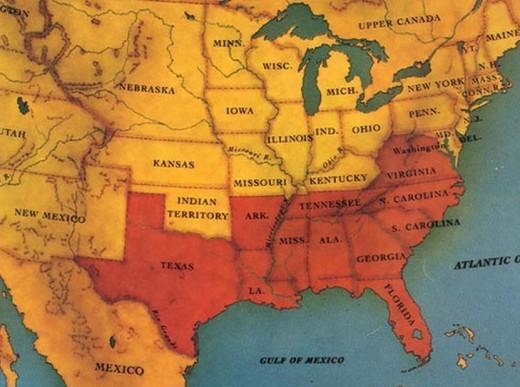
The South appeared unprepared for war when it bombarded Fort Sumter
The South bombarded Fort Sumter of the North on April 12,1861.
This bombardment triggered the American Civil War.
Terms
“South” refers to the 11 southern states of the United States of America (USA) that organized the Confederate States of America (CSA) in February 1861.
South is not a country in the legal point of view of the USA. We use the term here to differentiate it from the USA, sometimes referred to as “North.”
In the language of Pres. Abraham Lincoln of USA, the South is a “combinations,” which is not a name but a description. It means a combination consisting of the 11 secessionist southern states of USA. To Lincoln, “South” is still part of USA. He used the term “combinations” to avoid conferring the status of belligerency to any territory by virtue of giving it a name. A status of belligerency accords legitimacy. To call the “combinations ”South is tantamount to recognizing its belligerency. It implies that the South is a country.
In his proclamation regarding the South, Lincoln said:
"Whereas, The laws of the United States have been for some time past and now are opposed, and the execution thereof obstructed, in the States of South Carolina, Georgia, Alabama, Florida, Mississippi, Louisiana, and Texas, by combinations too powerful to be suppressed by the ordinary course of judicial proceedings, or by the powers vested in the Marshals by law :
"Now, therefore, I, ABRAHAM LINCOLN, President of the United States, in virtue of the power in me vested by the Constitution and the laws, have thought fit to call forth, and hereby do call forth, the Militia of the several States of the Union, to the aggregate number of 75,000, in order to suppress said combinations, and to cause the laws to be duly executed. The details for this object will be immediately communicated to the State authorities through the War Department…." (Harpers’s Weekly. Saturday, April 27, 1861).
“North” refers to the United States of American (USA). The use of “North” does not imply the recognition of the belligerency of the South.
The use of the terms “South” and “North” is for convenience only.
Brief review
The secessionist movement had been brewing for some time before the presidential election in 1860. As a presidential candidate Lincoln had abolition of slavery in his platform. The separatists threatened that should Lincoln win the election they would make good their threat of secession from the USA. Lincoln won the election. In February 1861, the separatist organized the CSA, Jefferson Davis, retired Colonel of the US army and member of US congress, was elected provisional president.
“When President Abraham Lincoln took office in March, he was faced with the Confederate demand for evacuation of the fort, which was threatened by other fortifications erected by South Carolina in the harbour area. Lincoln had either to attempt resupplying the fort, then in danger of being starved out, or to abandon it and accede to disunion. The president determined to prepare relief expeditions to both forts, but, before the arrival of supplies, Confederate authorities demanded Fort Sumter's immediate evacuation. When this was refused, the South's batteries opened fire at 4:30 AM on April 12....” (Encyclopedia Britannica 2009).
Constitutional way of secession
The USA constitution has provisions on how a state can join the union. First, the state legislature decides to join USA. With this decision, a states applies for statehood in the USA. USA congress acts upon the application and may decide for admission into the USA or not.
There are also provisions in the USA constitution on how to withdraw from USA. A state wishing to withdraw its membership decides so by state legislation. It files an application to withdraw. The USA congress acts upon the application to withdraw.
Not one of the secessionist states applied with the USA for withdrawal of membership.
Neither did the CSA apply for withdrawal. Besides, the USA constitution provides for application of membership or withdrawal as individual state not as a group.
Sovereignty
CSA considered itself a sovereign nation. It had a constitution that was almost a copy of the USA constitution except for a crucial point. Each state is more sovereign than the confederacy (Geise, F. D. Editor. American History to 1877.1992:119). It had the apparatus of government. Each state was represented in the Cabinet.
Territory
As far as the South was concerned Fort Sumter, maintained by USA, was part of its territory, being located in South Carolina.
Also, being a fort it was a threat. The South had already demanded that the North evacuate it. Instead of evacuating it, the North was about to strengthen it.
As far was the North was concerned, Fort Sumter was its territory.
Was bombarding of Fort Sumter a wise move?
Upon his ascension as president, Davis sent a delegation to Lincoln. Lincoln did not meet with this delegation. Meeting with it was tantamount to a recognition of the legitimacy of the South.
Would bombarding Fort Sumter contribute to the objectives of CSA?
Agreed that one of its objectives was sovereignty as a nation. That sovereignty should last and if under threat CSA should be able to withstand such threat.
Factors to consider
What factors should have been considered before giving the signal to bombard Fort Sumter? We believe that some such factors should have been considered to assess the prospects of the South regarding them. The reasoning is straightforward. If the South saw that most of the factors were in its favor it could win a shooting war that the bombardment was sure to ignite. If the South saw that its future was uncertain in some factors that failure was the likely outcome it could have turned to alternative methods to attain its purposes.
Gen. P. T. Beauregard gave the signal to bombard Fort Sumter. He had the power, or the CSA congress had the power to halt the forthcoming shooting war or to mollify the North.
We do not say that in fact the South considered factors as enumerated below. It is highly probable that it made projections on some such factors. We attempt to make a list then show what actually happened with respect to these factors as the civil war progressed and ended.
We put a number on these factors for the purpose of counting. Order of enumeration does not mean evaluation as to priority or importance. We give an evaluation as to prospects on the part of the South and North in hindsight.
1. Foreign relations. Other countries should recognize CSA. What comes along with recognition is the capability to defend against the attack of a country resisting such recognition. For example, if Spain recognized CSA, it should be capable of withstanding attacks by USA. At that time only three countries had the capability to defend against attacks by the USA: Russia, France, England. Russia declared its friendship with USA. England had reasons to see USA weakened. France earlier supported USA in its fight for independence against the British empire.
Napoleon III of France once invited England to mediate between CSA and USA in 1863. England replied that they should be ready for all out war if they did. USA warned that it would go to war with any country that recognized CSA.
Queen Victoria declared neutrality toward the USA and Confederacy in May 1861. The USA considered it with a modicum of alarm. This was a calculated move by Britain to protect shipping in the international waters in North America.
No foreign country recognized the South.
Prospects: negative for the South; positive for the North.
2. Financing. CSA must be able to finance any war effort against the USA. At that time, CSA was largely agricultural earning much of its income from cotton exports. However, it was lacking the ships that could transport cotton exports.
The North had 13% in paper money; 62 % in bonds; and 21% from taxes. The South had 60% in paper money; 30% in bonds; and 5% from taxes.
Prospects: negative for the South; positive for the North.
3. Taxation. CSA must rely partly on taxation. However, the South states resisted taxation. Only 5% of taxes due could be collected. The mechanism of collecting taxes was still lacking.
Prospects: negative for the South; positive for the North.
4. Transport. CSA did not have the extensiveness of railroads that the North had. Mules and horses were used a lot of times to transport personnel, supplies, arms and ammunition.
Prospects: a disadvantage for the South; an advantage for the North.
5. Number of troops. The North had more soldiers than that of the South. As Lincoln called on the marshals, he raised the number of troops by 75,000.
Prospects: in favor of the North.
6. Strategy. CSA was to defend its territory. It did not desire to conquer the North. The North wanted its territory intact. That means, conquering the South as it considered CSA illegal.
The South had no comprehensive strategy of defense. The armed forces of the South was dispersed. Each state had its own small army to stand as bodyguard. Each state wanted to expand its army at the expense of another state in the CSA. There was an overall South army but of smaller size than that of the North (Donald, D. H. editor. Why the North Won the Civil War. 1996).
Gen. William T. Sherman of the North had an army consisting of about 60,000 troops in his March to the Sea. One South state army sometimes consisted only of a few thousands, like 10,000 to 13,000. In his march to take Savannah Port, Gen. Sherman warned that he would destroy Savannah Port, defended by 13,000 troops, if it did not surrender without a fight. During the night before the scheduled attack, the defenders escaped by the river.
Only the defenders of North Carolina and South Carolina under the command of Gen. Joseph Johnston offered stiff resistance to Gen. Sherman’s assault. However, Gen. Sherman tied him up so that Gen. Johnston could not send any reinforcements to Gen. Lee’s army under siege by Gen. Grant’s army in north Virginia. Gen. Lee surrendered to Gen. Grant on April 9,1865 without the approval of Pres. Davis. Gen. Johnston surrendered to Gen. Sherman later. Not too long afterwards Pres. Davis was captured. The surrender of Gen. Lee was considered the end of the American Civil War.
(To his credit, Pres. Davis never availed of the general amnesty given by the North to the defeated South. Gen. Lee availed of the amnesty and became president of a university. Davis was posthumously pardoned by Pres. Jimmy Carter in 1970s and admitted as citizen of USA.)
The North early on formulated a strategy. Gen. Winfield Scott, then chief-of-staff of the North, with help by Gen. McClellan, came up with the Scott’s anaconda. It called for a blockade of the whole South then slowly constricting it, like what the giant snake does in subduing its prey.
Prospects: in favor of the North.
7. Tactic within the strategy. All the generals of the South and the North were graduates of West Point, the military academy. They were schooled on the “capture territory” doctrine that was advocated by Domini, a former assistant of Napoleon Bonaparte. Gen. Lee and Gen. McClellan employed it in their first skirmish where Gen McCellan withdrew his forces. Lincoln did not like it so he replaced Gen. McClellan.
Lincoln wanted “destroy-the-army” that he might have adopted from the exploits of Gen. George Washington and the French expeditionary forces when they destroyed the army of Gen. Charles Cornwalis during the American revolution.
Davis and Gen. Lee stuck with "capture territory."
Prospects: advantageous for the North.
8. Commander of the army. Pres. Davis served, or wanted to lead the South army himself. In fact, he was the commander-in-chief and commander-in-fact for about half the duration of the civil war of 27 months. Davis was a graduate of West Point. Davis was a national hero because of his exploits in the American-Mexican war under Gen. Zachary Taylor. He was a colonel before he went into politics. He did not want to delegate military matters, especially the reading of maps. When the South congress passed a bill to make more room for Gen. Robert Lee as commander, Davis vetoed it (Donald, D. H. editor. Why the North Won the Civil War. 1996:103).
Gen. Lee could not get reinforcements for his army from state armies without the approval of Pres. Davis.
When Davis made Gen. Lee commander, he did not give the same kind of rope that Lincoln gave to Gen. Ulysses Grant of the North army. Gen. Lee was not one lacking with knowledge and capability. In fact, the job as commander of the North army was first offered to Gen. Lee. He refused but he could not refuse the call of duty by the South, whose capital was Richmond of his native state, Virgina.
When Lincoln played the role of commander-in-fact, he was looking for a general who adopted his “destroy-the-army” concept. He saw it in Gen. Grant who was victorious in the battle of Shiloh. He appointed Gen. Grant in place of Gen. Henry Halleck as commander of the North army. He gave Gen. Grant a long rope.
Gen. Sherman was converted to Lincoln’s concept. He gave a large contribution to the constriction of the South by means of his March to the Sea.
The North had one consolidated army.
Prospects: in favor of the North.
9. Navy. “By the time of Lee's surrender, Lincoln's navy numbered 626 warships, of which 65 were ironclads. From a tiny force of nearly 9,000 seamen in 1861, the Union navy increased by war's end to about 59,000 sailors...
“… Only Galveston remained open to the Confederates in the last months of the war...." (Encyclopedia Britannica 2009).
Prospects: negative for the South; positive for the North.
10. Black soldiers. The South was reluctant to employ the blacks as soldiers because they were considered as property and not as citizens. At the end of the war there were much more black soldiers in the North army than in the South army.
Prospects: in favor of the North.
11. Conscription. Dodging of conscription was rampant in the South. Conscription could be substituted.
In the North, black (slaves and newly liberated) and white citizens were highly motivated to join the army.
Prospects: positive for the North.
12. Democracy in the army. The South carried out democracy too far. It allowed democracy in the army in that platoon members voted for their platoon leaders. Discipline was loose and desertion was rampant.
No such democracy in the North army.
Prospects: positive for the North.
13. Political maturity. Some states of the USA were more mature than others depending on when they joined USA However, reckoning from the organization as a nation, the North started out in 1783 whereas the South started out in 1861.
There was only one political party in the South. There were at least two political parties in the North. There was a presidential electron in the North in 1864 when Lincoln was reelected. There was no matching reelection in the South that elected Davis as provisional president for six years.
With an election held during the civil war Davis and some leaders of the South might have been replaced. A new perspective for the South could have been drawn.
Prospects: negative for the South.
14. Inflation. The North incurred 117% inflation whereas the South incurred 9,000% inflation. Inflation was exacerbated by the printing of paper money.
Prospects: positive for the North.
15. Cotton as political weapon. Cotton was used as a political weapon by the South. The South thought France and England that depended on South cotton to run their textile industries would intervene to get cotton. To add pressure for them to intervene it withdrew its exports to France and England. However, England got its cotton from Egypt (Geise, M. Editor. American History to 1877. 1992).
As the war progressed some cotton bails were smuggled by South constituents for sale to the North to raise funds with which to buy meat to feed the South army.
Gen. Sherman’s army burned a lot of cotton stored in South states in his March to the Sea.
Prospects: negative for the South.
16. Moral dimension. France, Russia and England had already abolished slavery when the American civil war ensued. It would have been a diplomatic embarrassment if not duplicity on their part if they recognized the South that was pro-slavery. USA was for the abolition of slavery.
Lincoln highlighted this dimension with his slave emancipation proclamation on January 1,1863 (Same source as above, page 127).
Lincoln had made a policy of reconciliation and reconstruction for the South should the North win the war. This policy was carried out even after his assassination.
Prospects: positive for the North.
The above list does not give an exhaustive enumeration of factors that should have been considered by the South before bombarding Fort Sumter. What could have been the reading of the South as to its prospects with these factors? There were more factors, no doubt.
We can be accused of bias in our selection of factors and evaluation as to prospects. The reader can choose factors and make his/her own evaluation.
However, the final measure is that the South lost in the American civil war.
There could have been alternatives to the shooting war. What if each secessionist state followed the constitutional procedure of withdrawal from the USA?
Who knows that in the long run the leaders of South will have realized the injustice of slavery?



